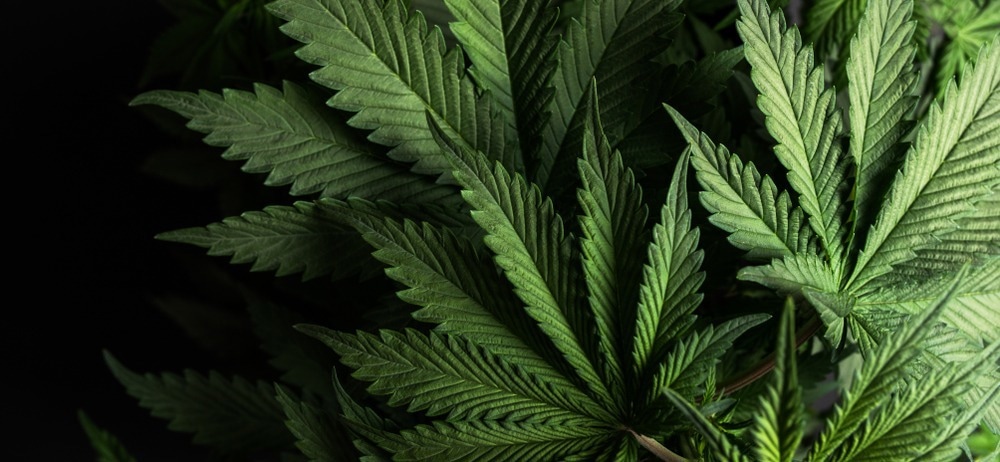Products containing cannabidiol (CBD) have been popular since the legalization of hemp cultivation. The majority of these oils and lotions promise to relieve pain and other illnesses, but new research indicates that CBD may also serve another purpose: it may act as a bioplastic. The researchers developed a CBD-based bioplastic material that might be used in medical implants, food wrappers, and other applications.

Image Credit: Yarygin/Shutterstock.com
The study was published in the journal ACS Applied Materials & Interfaces.
Cannabis (Cannabis sativa) is well known for providing users with a euphoric “high” induced by a substance known as tetrahydrocannabinol (THC). CBD, another component, is responsible for feelings of relaxation and peace, although it does not induce a high like THC. CBD can account for up to 20% of the weight of hemp plants cultivated to contain little or no THC.
Since growing hemp is now federally permitted in the United States, the price of CBD has dropped considerably, allowing for the usage of CBD in additional applications.
Poly(lactic acid), or PLA, has emerged as a popular choice for sustainable plastics in recent years since it is manufactured from corn and sugarcane rather than fossil fuels and can be industrially composted. PLA is currently found in several single-use consumer goods, like soda bottles and utensils, and also in medical devices, like facial fillers and implants.
Just as lactic acid is an excellent building block for PLA, CBD’s chemical structure contains all of the necessary components to be repeated as a polymer. So, Gregory Sotzing, Lakshmi Nair, and colleagues wondered if CBD could be utilized to create a novel bioplastic.
To produce cannabis polymers, scientists carried out a condensation reaction with adipoyl chloride, which is also employed in nylon, and either CBD or the closely related cannabigerol (CBG), resulting in a polyester. Polymeric CBD exhibited a broad melting temperature range and stretchability, and the scientists used a mold to shape it into a hemp leaf shape to demonstrate its capability to act as a plastic.
Since bioplastics are frequently employed in medical settings, the researchers also looked into the polymers’ bioactive qualities. CBD and CBG polyesters were not cytotoxic. CBD polyester, unlike standard bioplastic PLA, has antioxidant properties.
Although the polymer version of CBD did not have the same therapeutic benefits as the oil version, Sotzing believes that future versions of the plastic might be developed to have anti-inflammatory and pain-relieving characteristics, which is the goal of his start-up Polycannabinoid Therapeutics Rx.
The researchers acknowledge funding from the National Institutes of Health for the biological aspects of this study.
Journal Reference
Daniels, R., et al. (2022) Poly(cannabinoid)s: Hemp-Derived Biocompatible Thermoplastic Polyesters with Inherent Antioxidant Properties. ACS Applied Materials & Interfaces. https://pubs.acs.org/doi/10.1021/acsami.2c05556